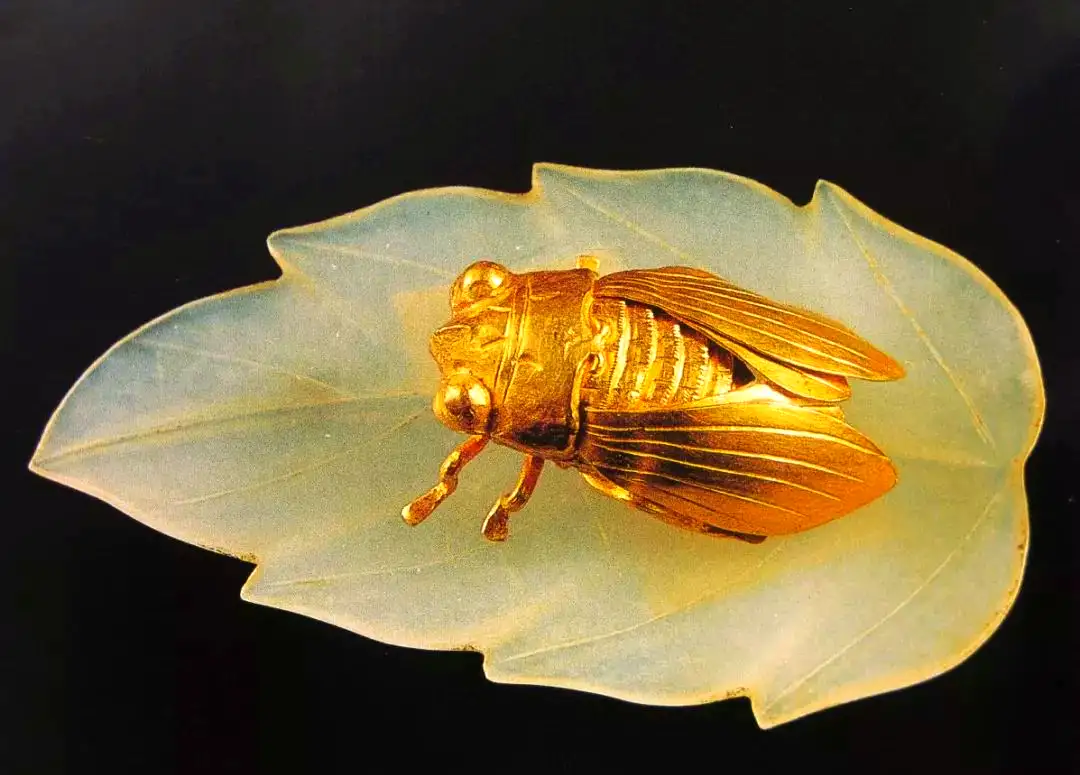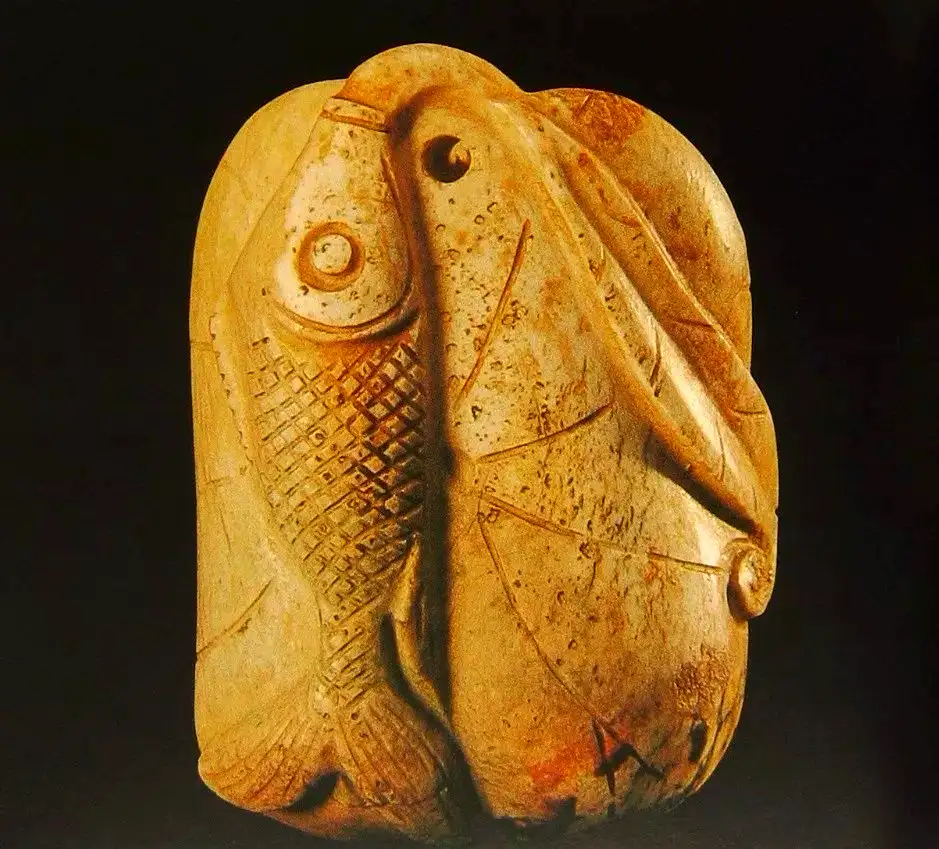Chinese Flat Carving: The Art of Two-Dimensional Mastery
Chinese flat carving (Flat Carving) is a traditional craft focused on surface engraving, creating exquisite two-dimensional decorative patterns through intaglio, relief, or line-carving techniques. Distinct from circular or relief carving, flat carving emphasizes the rhythm of lines and compositional aesthetics rather than three-dimensionality. It is widely used in seals, stone inscriptions, furniture decoration, and more. Below is a systematic exploration of its historical evolution, technical features, core strengths, and modern applications.

I. Historical Evolution of Flat Carving
-
Neolithic to Shang-Zhou Dynasties: Primitive Engravings
-
Petroglyphs and Oracle Bones: Early flat carvings appear in Yin Mountains rock art and the knife-carved scripts of Yinxu oracle bones.
-
Bronze Ware Patterns: Cloud-thunder and taotie motifs on Shang-Zhou bronzes, executed with shallow planar techniques.
-
-
Qin-Han to Sui-Tang Dynasties: Standardization
-
Stone Inscriptions: Han Dynasty’s Stone Gate Inscriptions and Northern Wei’s Longmen Twenty Pinnacles showcase calligraphic flat carving.
-
Jade Line Carving: Tang Dynasty jade belt plaques feature flowing “iron-wire” lines depicting foreign musicians and dancers.
-
-
Song to Ming-Qing Dynasties: Regional Maturation
-
Inkstone Carving: Landscapes and literati paintings on Duan and She inkstones.
-
Woodblock Prints: Raised-carved plates for Zhuxianzhen New Year paintings.
-
II. Core Technical Classifications
| Type | Characteristics | Representative Works |
|---|---|---|
| Intaglio | Designs recessed below the surface | Seals, stone steles |
| Relief | Designs raised above the surface | Woodblock prints, paper-cutting templates |
| Line Carving | Pure outlines (no volumetric variation) | Jade motifs, bronze inscriptions |
| Painted Carving | Colored/gilded after engraving | Lacquerware, architectural paintings |
III. Four Artistic Hallmarks
-
“Knife as Brush” Linear Aesthetics
-
Incorporates Chinese painting’s “Eighteen Strokes” techniques (e.g., “ancient silk thread,” “nail-head rat-tail”).
-
Example: Han Dynasty jade bi discs with grain patterns requiring 12-15 cuts per square centimeter.
-
-
“Treating White as Black” Composition
-
Negative space and carved motifs harmonize (e.g., seal script’s balanced density).
-
-
Material Versatility
-
Adaptable to hard (jade, stone, metal) and soft (wood, lacquer, ceramic) surfaces.
-
-
Cultural Symbolism
-
Common themes:
-
Textual: Calligraphic steles, seal engraving.
-
Patterns: Meander, ice-crack, or Twelve Symbols motifs.
-
-
IV. Competitive Advantages
-
Efficiency & Cost-Effectiveness
-
50-70% faster than circular/relief carving (ideal for mass customization).
-
Modern laser carving replicates traditional knife techniques (e.g., Suzhou nut-carved calligraphy).
-
-
Cultural Dissemination
-
Movable-type printing: Song Dynasty Bi Sheng’s clay type based on flat carving.
-
Rubbing techniques: Reproduce cultural texts via carved steles.
-
-
Modern Design Adaptability
-
Applications:
-
Luxury branding (LV’s Chinese-character engraving series).
-
Architectural cladding (stone patterns at Beijing Daxing Airport).
-
-
-
Intangible Heritage Preservation
-
Living traditions:
-
Qingtian stone carving (landscape engraving).
-
Quyang stone carving (stele line art).
-
-
V. Modern Innovations
-
Technical Crossovers
-
Digital carving: 3D scanning + CNC replication of ancient steles.
-
New materials: Laser-carved acrylic replacing ivory.
-
-
Commercial Applications
-
High-end collaborations:
-
Cartier’s “Dragon Seal” watch series.
-
Forbidden City文创 flat-carved smartphone cases.
-
-
Conclusion: The Contemporary Value of Flat Carving

Chinese flat carving distills profound culture into minimalist forms. Its enduring strengths lie in:
-
Cost-effective cultural symbolism
-
Seamless industrial integration
-
A rich database of motifs for modern design
